Table of Contents
Quality Service Guarantee Or Painting Free

Get a rental agreement with doorstep delivery

Find the BEST deals and get unbelievable DISCOUNTS directly from builders!

5-Star rated painters, premium paints and services at the BEST PRICES!
Loved what you read? Share it with others!
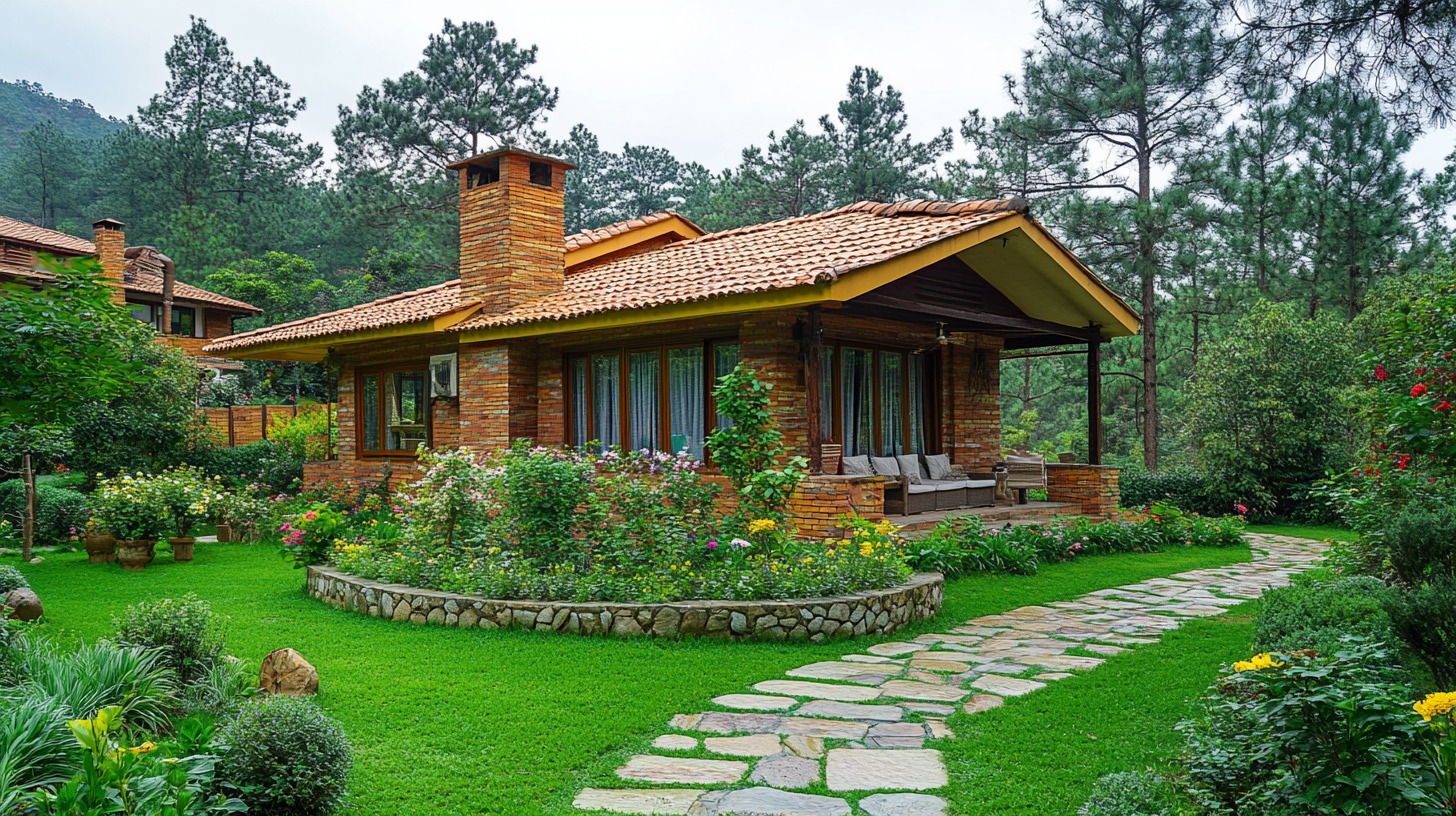

Submit the Form to Unlock the Best Deals Today
Help us assist you better
Check Your Eligibility Instantly

Experience The NoBrokerHood Difference!
Set up a demo for the entire community
10 Inspiring Normal Village House Designs for Your Rural Retreat
Table of Contents
The architectural simplicity and rustic charm of normal village house design stand as a testament to heritage and practicality. These dwellings, rooted in tradition, embody the essence of rural living, offering a haven of comfort amidst natural surroundings. Characterised by earthy materials, traditional craftsmanship, and a close connection to the land, village homes encapsulate a timeless appeal that transcends trends. From thatched cottages to mud brick dwellings, each structure tells a story of community, resilience, and a deep appreciation for simplicity. Join us as we embark on a journey to explore the unique allure and enduring beauty of normal village house design.
10 Charming Village Home Designs
Let’s explore the simplicity and timeless allure of rural architecture as we delve into a diverse array of village house designs. From cosy thatched cottages to sustainable cob retreats, each dwelling embodies the essence of countryside living, offering insights into traditional craftsmanship and sustainable living practices.
1. Thatched Roof Cottage
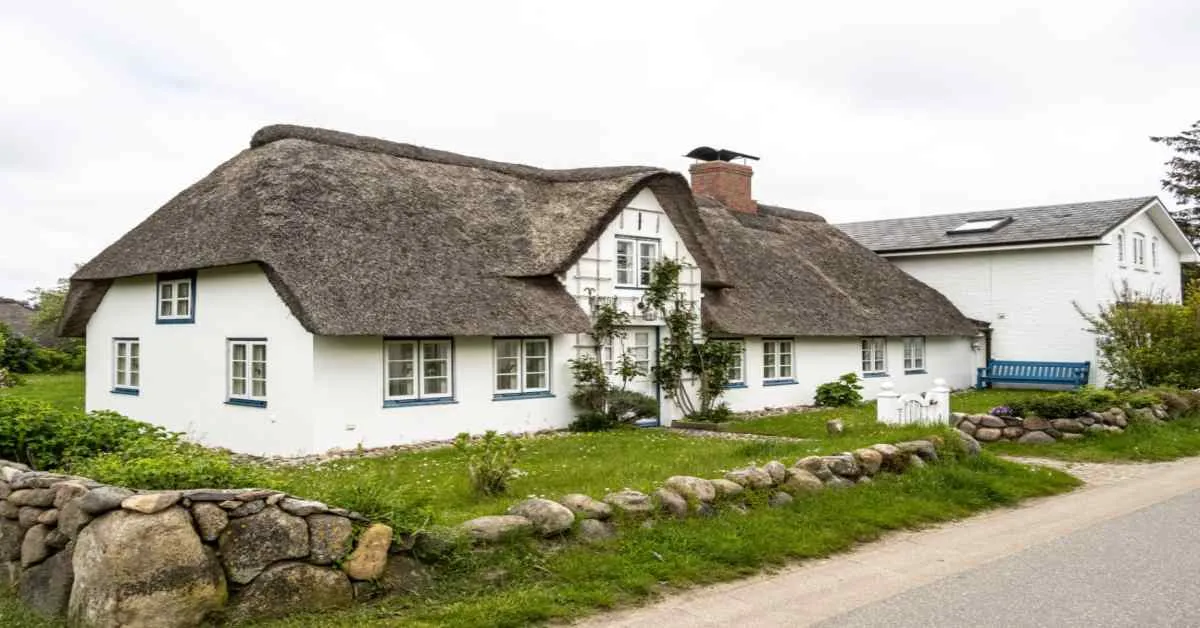
Thatched roof cottages are one of the most popular normal house designs in the villages. A quintessential village home, characterised by its cosy thatched roof, this design exudes rustic charm. The structure typically features timber frames and clay walls, offering excellent insulation against varying weather conditions. With its low-profile design, it blends harmoniously with the natural surroundings, often adorned with climbing vines and flower boxes.
Quality Service Guarantee Or Painting Free

Get a rental agreement with doorstep delivery

Find the BEST deals and get unbelievable DISCOUNTS directly from builders!

5-Star rated painters, premium paints and services at the BEST PRICES!
2. Mud Brick Dwelling Village House

Mud brick is a simple village house design in India which is often seen in the rural setting. Simple yet sturdy, mud brick houses are a common sight in rural settings. Made from locally sourced materials, these homes boast excellent thermal properties, keeping interiors cool in summer and warm in winter. Their earthy façade reflects the traditional craftsmanship prevalent in villages, offering a sustainable and economical housing solution.
3. Bamboo Bungalow Design

Bamboo is yet another popular and simple village housefront design in India. In regions where bamboo thrives, this versatile material becomes the cornerstone of village architecture. Bamboo bungalows are airy and lightweight, designed to withstand high winds and seismic activity. With ample ventilation and natural light, these homes prioritise eco-friendliness and resilience, often featuring raised floors to mitigate flooding risks.
4. Stone Cottage Themed Village House

Evoking a timeless charm, stone cottages are synonymous with countryside living. Constructed from locally quarried stone, these homes showcase meticulous masonry and intricate detailing. Their durable structure ensures longevity, while the thick walls provide excellent thermal mass, regulating indoor temperatures efficiently throughout the year.
5. Thatched A-frame Village House
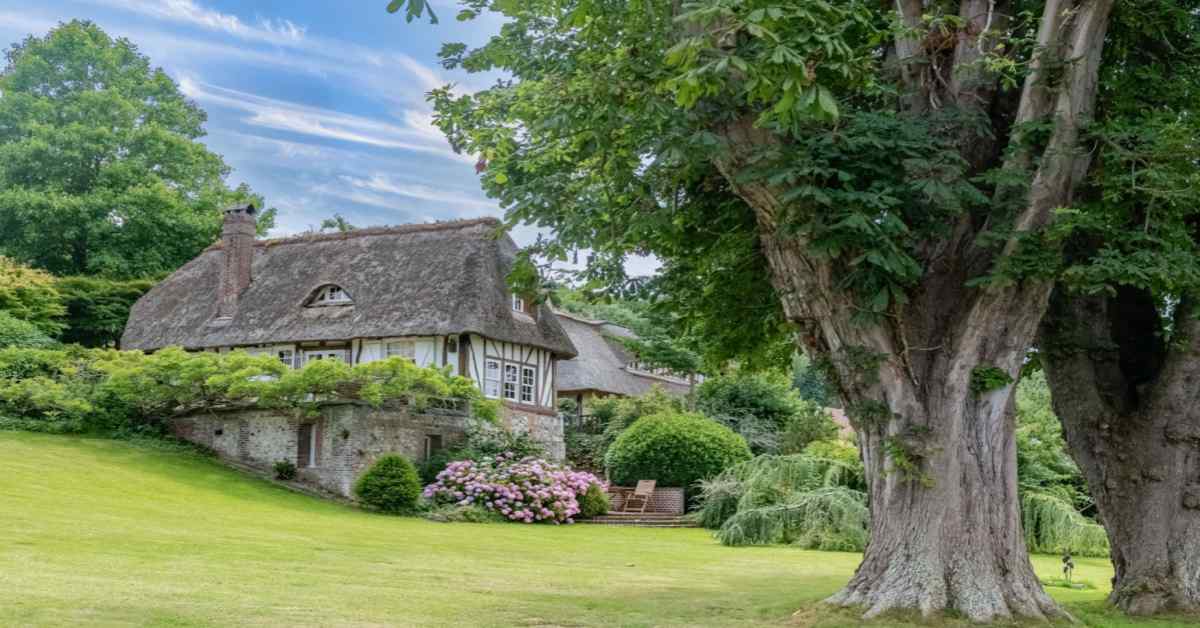
Offering a unique silhouette against the horizon, A-frame houses with thatched roofs are a blend of tradition and modernity. The steeply sloped roof not only sheds rainwater effectively but also creates soaring ceilings within. Compact yet spacious, these homes maximise usable floor area, making them ideal for small families or weekend getaways.
6. Adobe Themed Village House
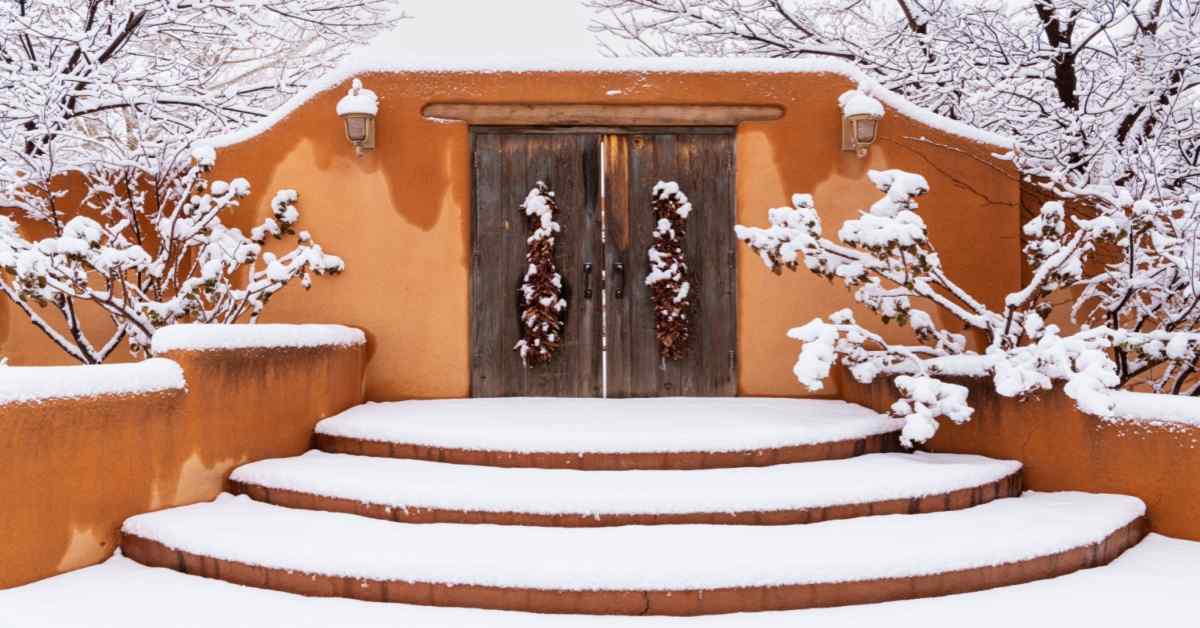
With its origins tracing back to ancient civilisations, adobe construction remains prevalent in many rural areas. Composed of sun-dried mud bricks, adobe houses exhibit a distinct organic aesthetic, seamlessly integrating with the natural landscape. Despite their humble appearance, these homes provide excellent thermal comfort and sound insulation.
7. Tin-roofed Cabin Design

Reflecting practicality and durability, cabins with tin roofs are a common sight in remote villages. The corrugated metal sheets offer protection against rain and snow, while the simple gable design facilitates easy construction. Often nestled amidst wooded surroundings, these small house-design cabins serve as retreats for nature enthusiasts seeking solace away from the urban hustle.
8. Cob Cottage Village House Design

Handcrafted with a blend of clay, sand, and straw, cob cottages epitomise sustainable living. The sculptural nature of cob allows for curved walls and whimsical architectural details, resulting in truly one-of-a-kind dwellings. Despite their organic form, cob houses provide structural stability and thermal efficiency, fostering a cosy atmosphere year-round.
9. Wooden Farmhouse Design

Exuding warmth and character, wooden farmhouses are a staple in agrarian communities. Built from locally sourced timber, these homes feature traditional craftsmanship and intricate joinery. From wrap-around porches to intricate latticework, each element reflects a deep connection to the land and the surrounding environment.
10. Stone-and-Brick Homestead for Village House

Combining the enduring strength of stone with the versatility of brick, homesteads of this nature exude timeless elegance. Whether adorned with ivy-clad facades or adorned with flower-filled window boxes, these homes offer a blend of durability and aesthetic appeal. The fusion of materials allows for creative architectural flourishes, ensuring each homestead stands as a unique testament to rural ingenuity.
Estimated Budget for Village Home Designing
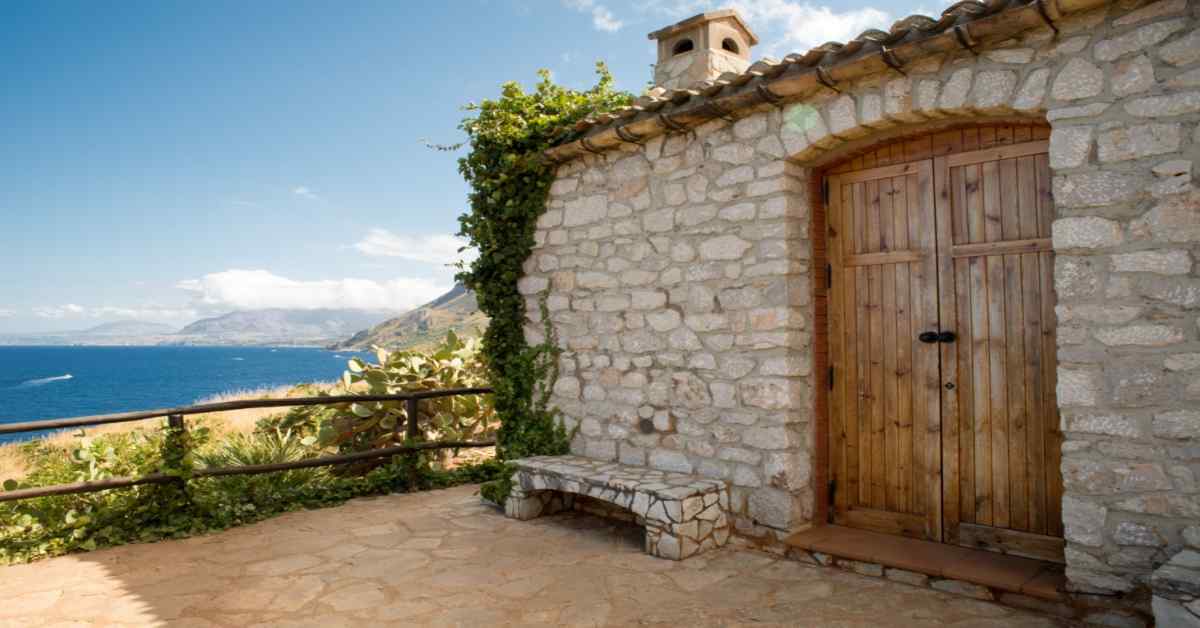
Understanding the financial aspect of building a village house is crucial for planning and executing your dream home. Below, we discuss estimated budgets and key cost considerations to help you make informed decisions:
- Basic Structure: The foundation of any village house begins with its structural framework. For a modest dwelling comprising mud bricks or bamboo, the estimated cost can range from ₹500 to ₹800 per square foot. Opting for locally sourced materials and labour can significantly reduce expenses without compromising quality.
- Roofing: The type of roofing material plays a vital role in determining overall costs. Thatched roofs, while traditional and aesthetically pleasing, are relatively affordable, ranging from ₹50 to ₹100 per square foot. Alternatively, tin roofs offer durability and weather resistance at a slightly higher cost, averaging between ₹80 to ₹150 per square foot.
- Flooring and Finishes: Flooring options such as terracotta tiles or polished cement offer a cost-effective solution, averaging around ₹30 to ₹60 per square foot. Incorporating traditional finishes like lime plaster or clay paint adds to the authenticity of your village home while keeping expenses within budget.
- Utilities and Amenities: Access to basic utilities such as electricity, water, and sanitation are essential considerations. While costs may vary depending on location and accessibility, budgeting approximately ₹50,000 to ₹1,00,000 for these amenities is advisable. Implementing eco-friendly solutions such as rainwater harvesting and solar power can further reduce long-term utility expenses.
- Furniture and Fixtures: Furnishing your village home can be approached sensibly by opting for locally crafted furniture or repurposing existing items. Budgeting around ₹1,00,000 to ₹2,00,000 for essential furnishings like beds, tables, and seating ensures a comfortable living space without overspending.
- Contingency Fund: It's prudent to allocate a contingency fund of 10% to 20% of the total budget to account for unforeseen expenses or fluctuations in material prices. This buffer ensures that you're financially prepared for any unexpected challenges that may arise during the construction process.
7 Best-Suited Colour Palatter for Normal Village House Design
Choosing the perfect colour combination is essential for enhancing the aesthetic appeal and ambience of your village house. Below, we discuss some versatile and culturally appropriate colour schemes suited for rural dwellings:
1. Earthy Tones:
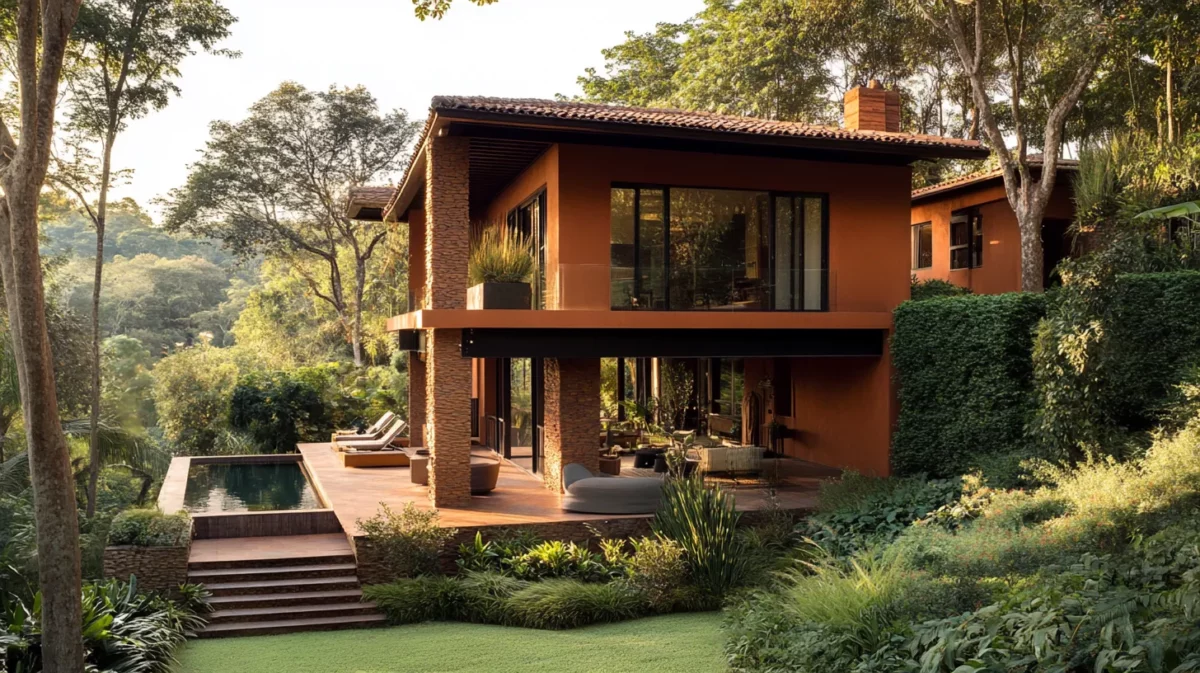
Embrace the natural beauty of your surroundings by opting for earthy hues such as warm browns, soft greens, and muted terracottas. These colours blend seamlessly with the landscape, creating a harmonious and grounded atmosphere.
2. Traditional Whites:
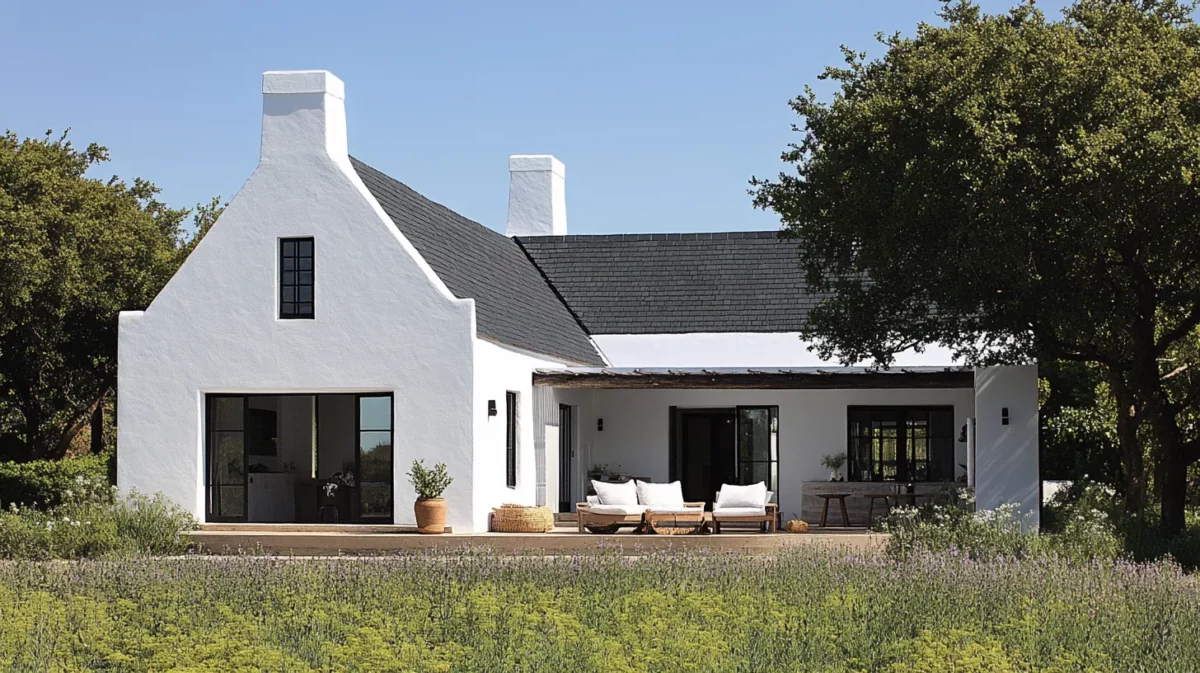
White is a timeless choice for village homes, symbolising purity and simplicity. Whether used as the primary colour or as accents against a backdrop of earthy tones, white reflects light and creates a sense of spaciousness in smaller dwellings.
3. Vibrant Accents:
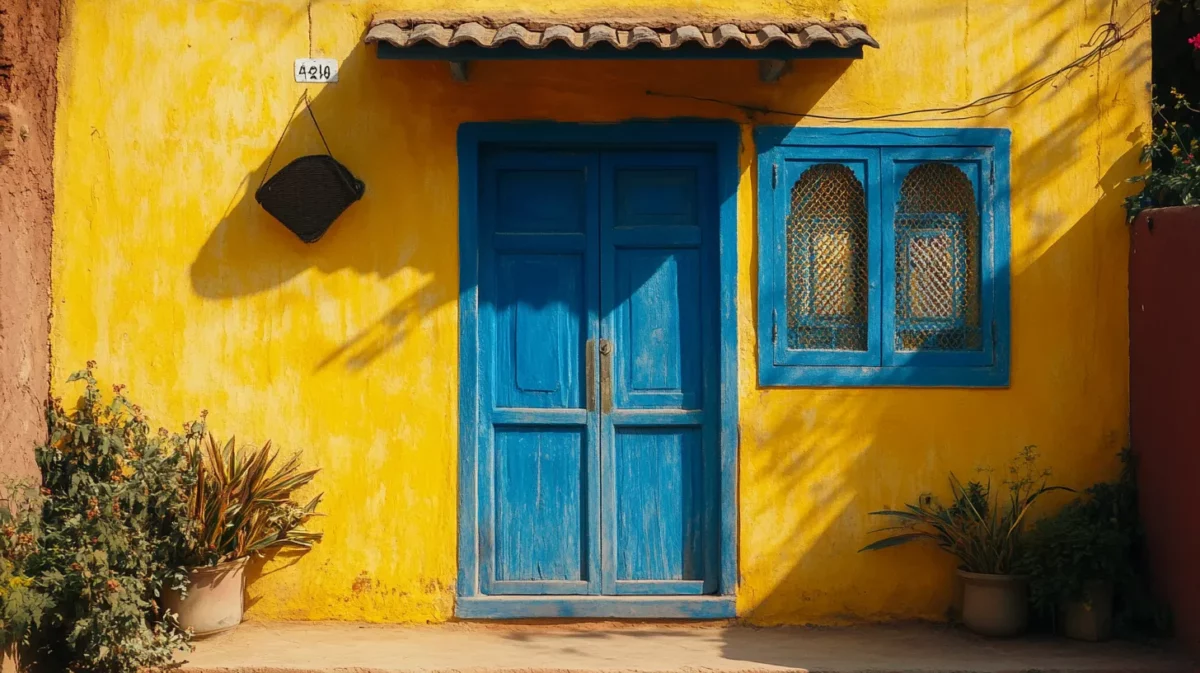
Inject pops of colour into your village home with vibrant accents inspired by local culture and traditions. Bold yellows, fiery reds, and deep blues can be incorporated through decorative elements such as window frames, doorways, and hand-painted motifs, adding personality and charm to your abode.
4. Natural Wood Finishes:
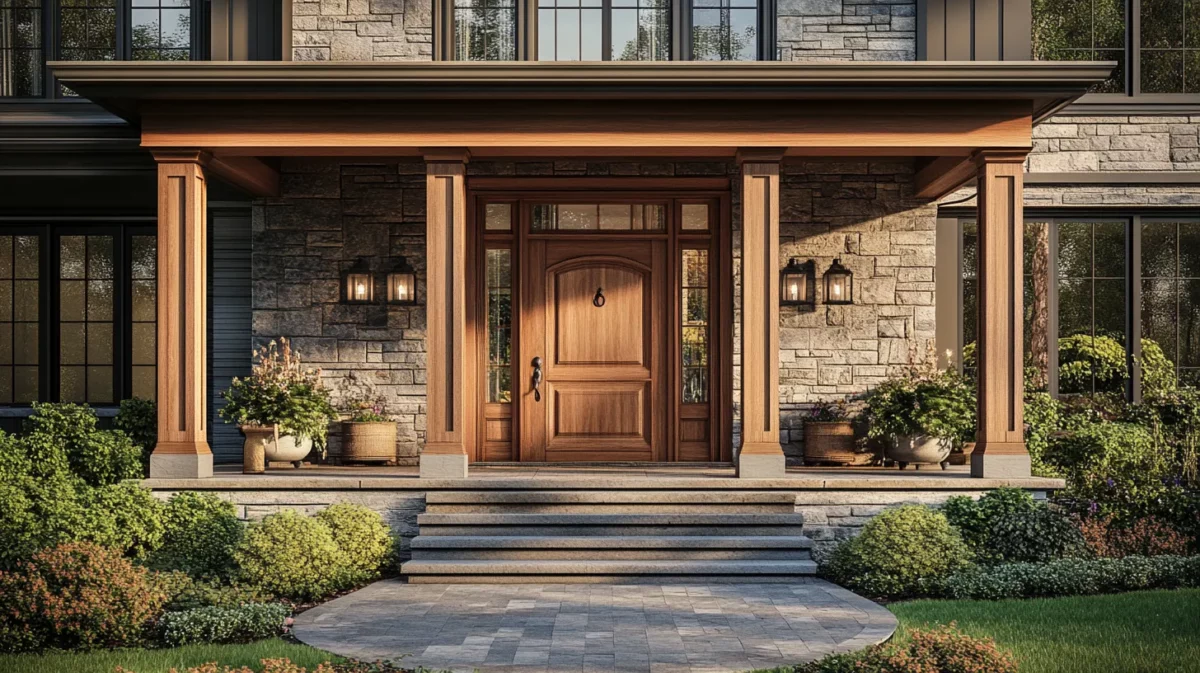
Incorporating natural wood finishes into your colour scheme adds warmth and texture to your village home. From rich mahoganies to light oak tones, wooden accents on doors, window frames, and furniture complement earthy colour palettes while adding a touch of rustic elegance.
5. Monochrome Schemes:
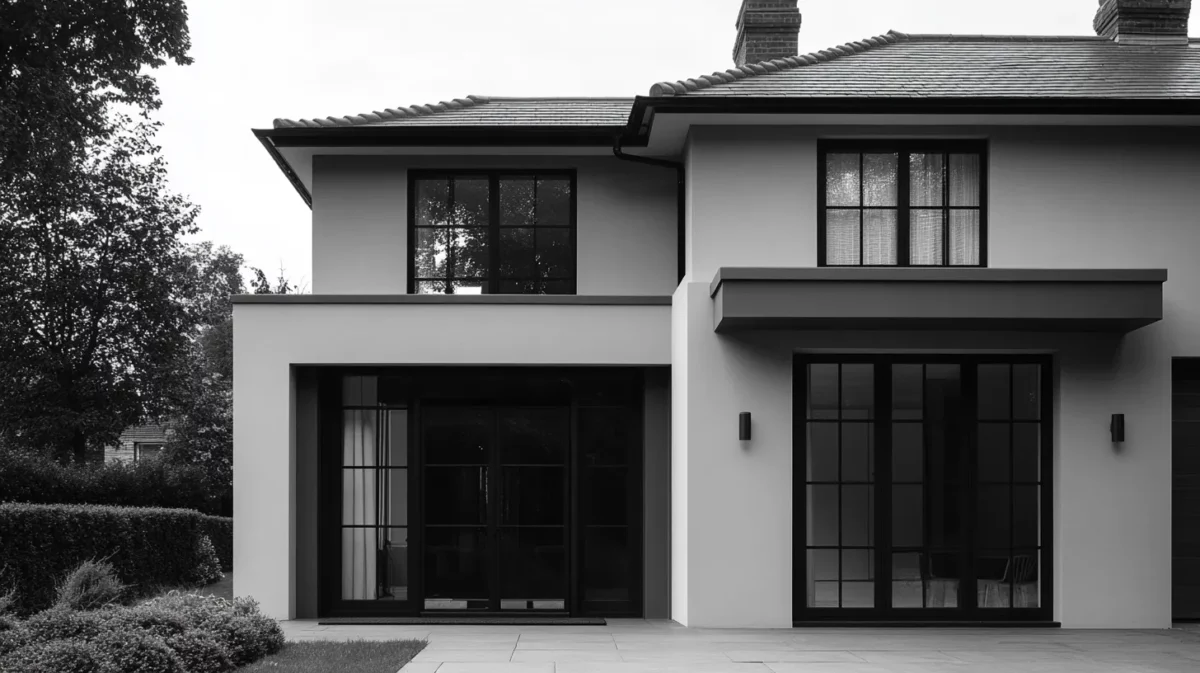
Simplify your colour palette with monochrome schemes that feature varying shades of a single colour. Shades of grey, for example, create a sophisticated and understated look, allowing architectural details and natural textures to take centre stage.
6. Soft Pastels:
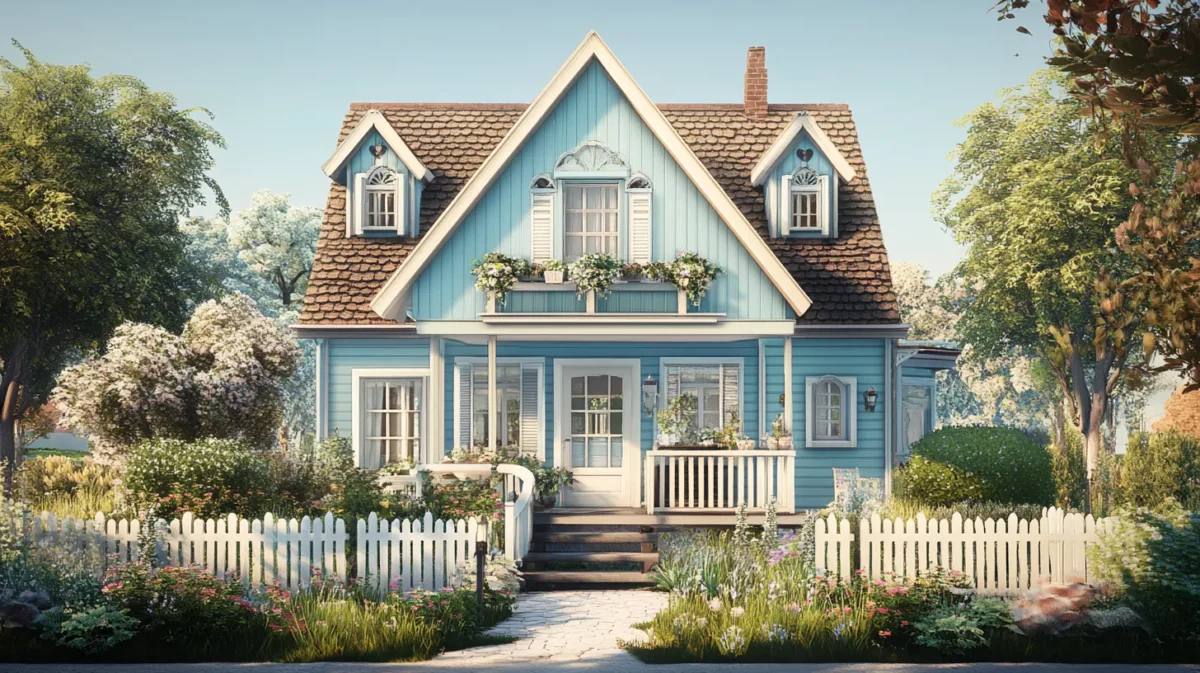
Infuse a sense of serenity and tranquillity into your village home with soft pastel hues like pale blues, blush pinks, and creamy yellows. These gentle tones evoke a sense of nostalgia and comfort, making them ideal for creating cosy interiors that feel inviting and peaceful.
7. Terracotta Accents:
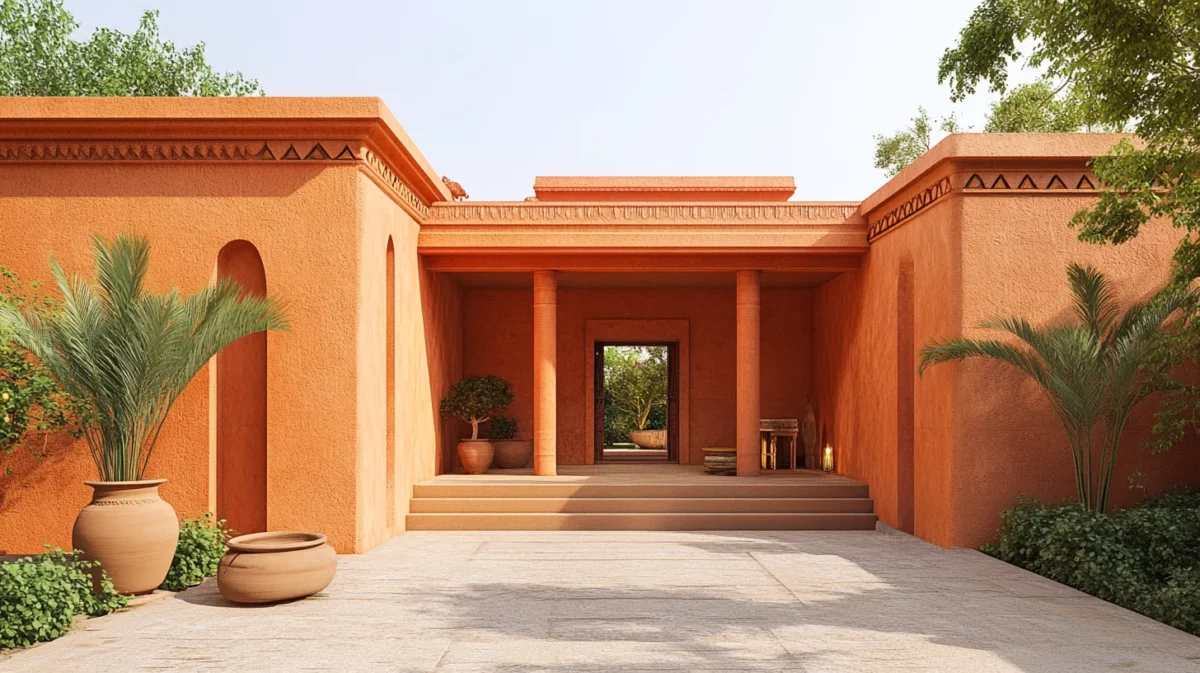
Pay homage to traditional Indian architecture by incorporating terracotta accents into your colour scheme. Whether through painted walls, clay tiles, or decorative pottery, the warm tones of terracotta add a rustic charm and cultural authenticity to your village home.
Revitalise Your Village Home with NoBroker Interior Design Services!
Elevate your normal village house design with NoBroker Interior Design Services. Our expert team understands the unique charm and practicality required for rural living. From traditional to contemporary, we tailor designs to suit your preferences and budget. Renovate your village or any other house effortlessly with our hassle-free process. Transform your space into a haven of comfort and style while preserving its authenticity. Take the first step towards a refreshed home today.
Renew the Heart of Your Village Home with NoBroker Interior Design – Where Tradition Meets Modern Comfort.
Frequently Asked Questions
Ans: Common materials include mud bricks, thatch, bamboo, stone, and locally sourced timber.
Ans: South Indian village house design typically includes elements such as sloping tiled roofs, spacious verandas, and courtyards for ventilation and natural light. South Indian village house design often incorporates traditional architectural motifs and materials to blend with the local environment and climate.
Ans: When planning a 1-floor house design in a village, factors like local climate, cultural aesthetics, and sustainable materials are crucial for creating a comfortable and authentic living space.
Ans: Certainly! You can explore a variety of low-cost simple village house design pictures online for inspiration and ideas.
Ans: Certainly! A 4-room house design in a village typically includes a living room, kitchen, two bedrooms, and a bathroom. This layout offers ample space for a small family while maintaining the simplicity and functionality characteristic of village homes.
Recommended Reading
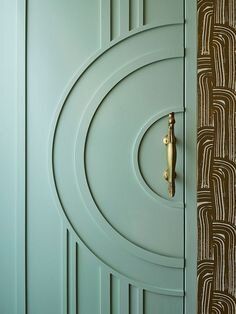
Transform your home with these trending ideas for a sturdy yet stylish panel door design
January 16, 2025
4681+ views
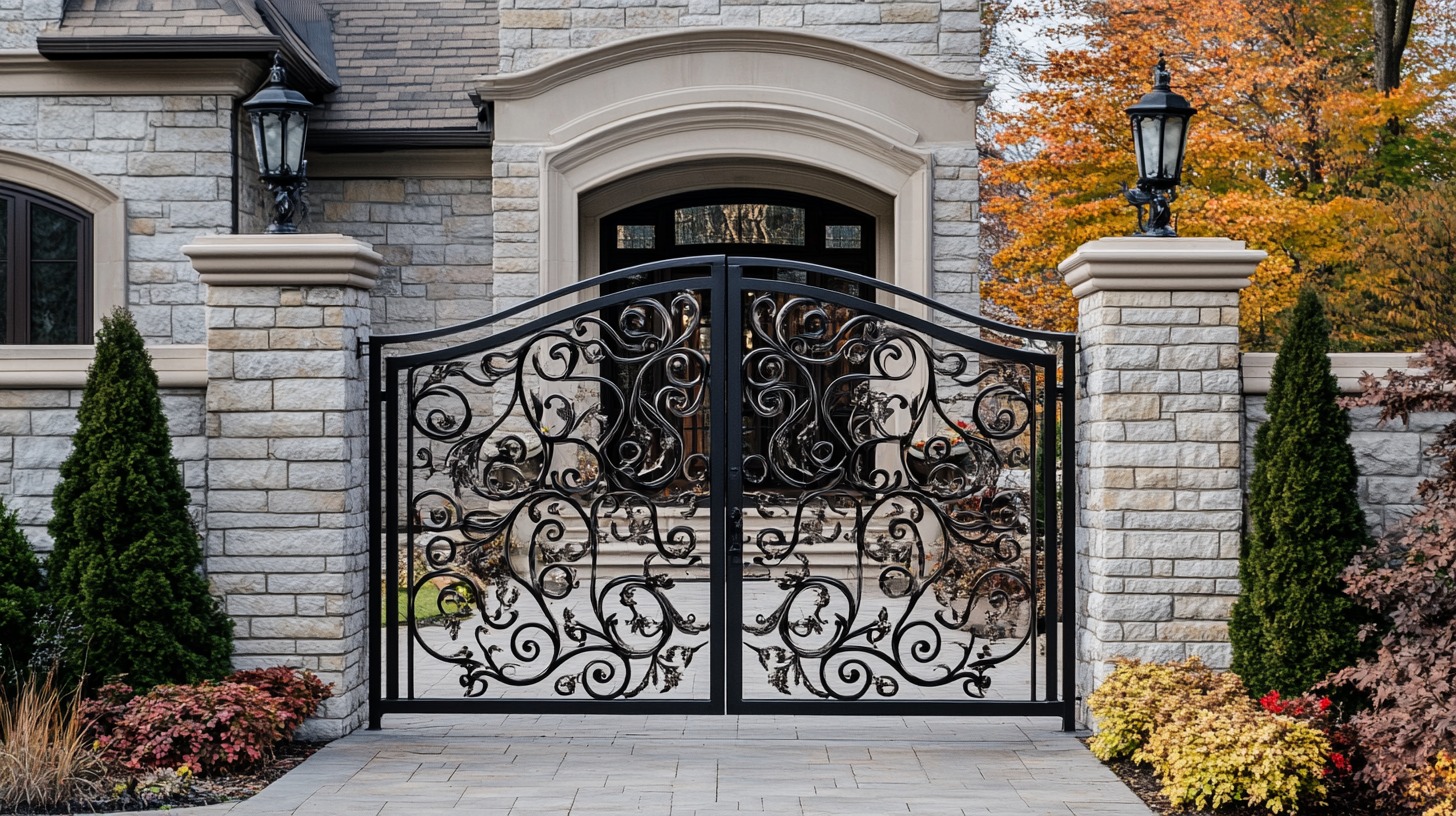
Top 10 Iron Gate Design for Main Door 2025
January 16, 2025
3758+ views
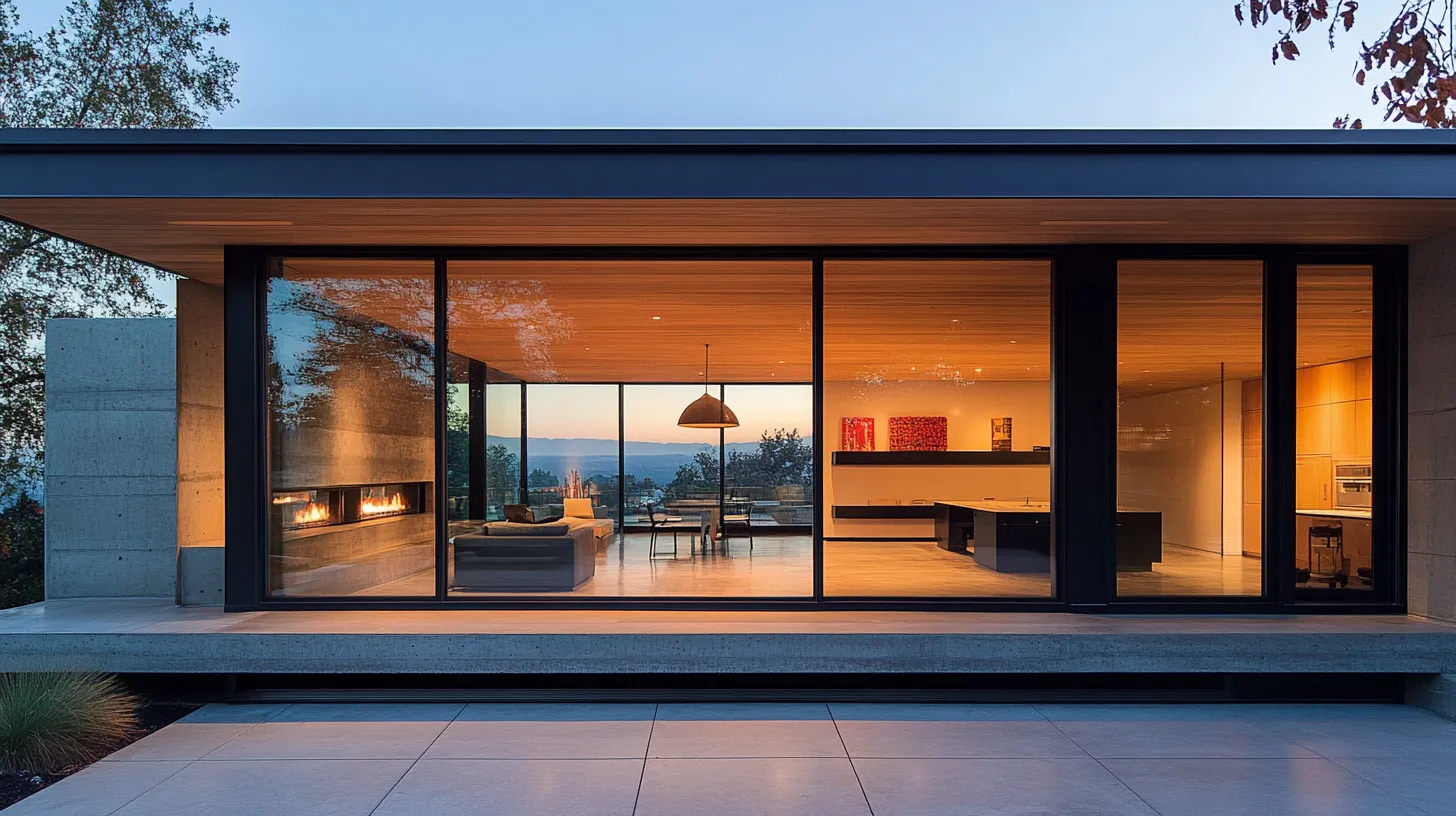
Modern Sliding Window Designs for Every Room in Your Home
January 15, 2025
5611+ views

The Best Sunmica Door Design Of 2025 with Pictures
January 15, 2025
4178+ views
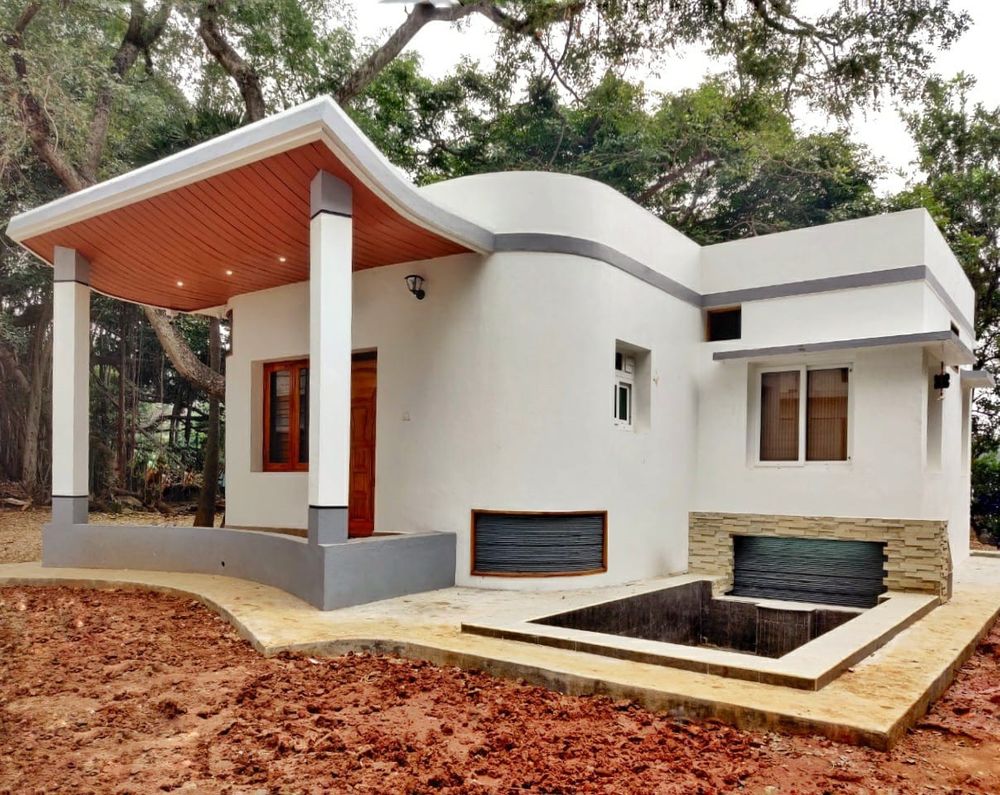
3D Printed House: All You Need to Know about Them
January 15, 2025
5364+ views
Loved what you read? Share it with others!
NoBroker Interiors Design Testimonials
Most Viewed Articles
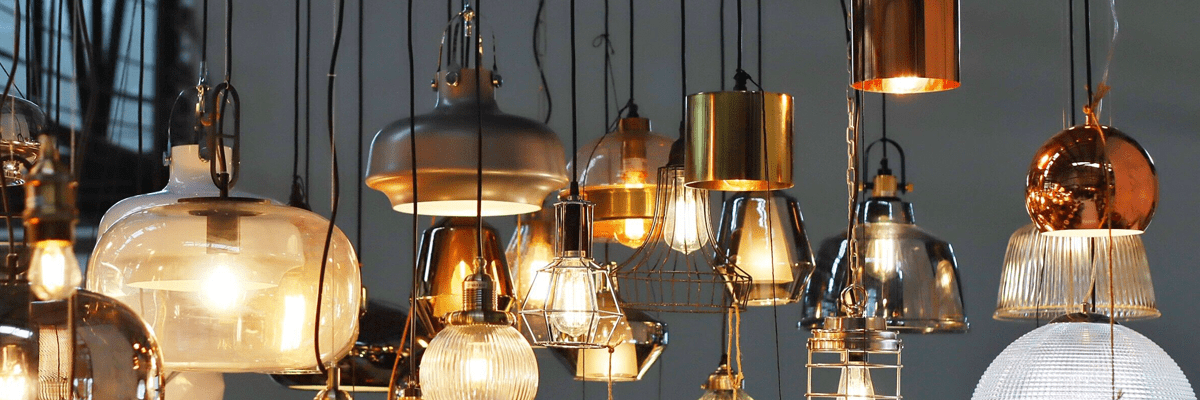
Top Hanging Light Ideas to Illuminate Your House
March 29, 2024
393042+ views

GFRG Panels - A New Technology in Building Construction
August 24, 2023
257145+ views
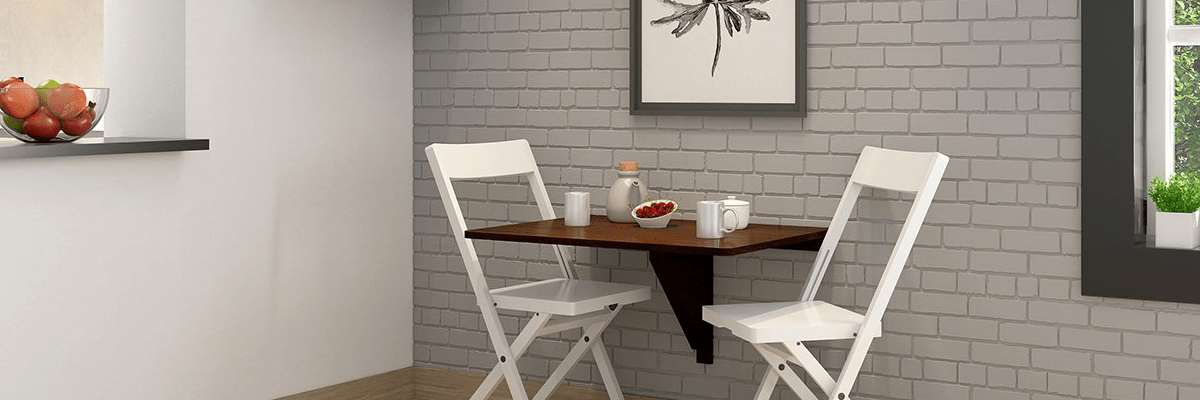
15 Wall-Mounted Dining Table Design Ideas
January 25, 2024
103462+ views
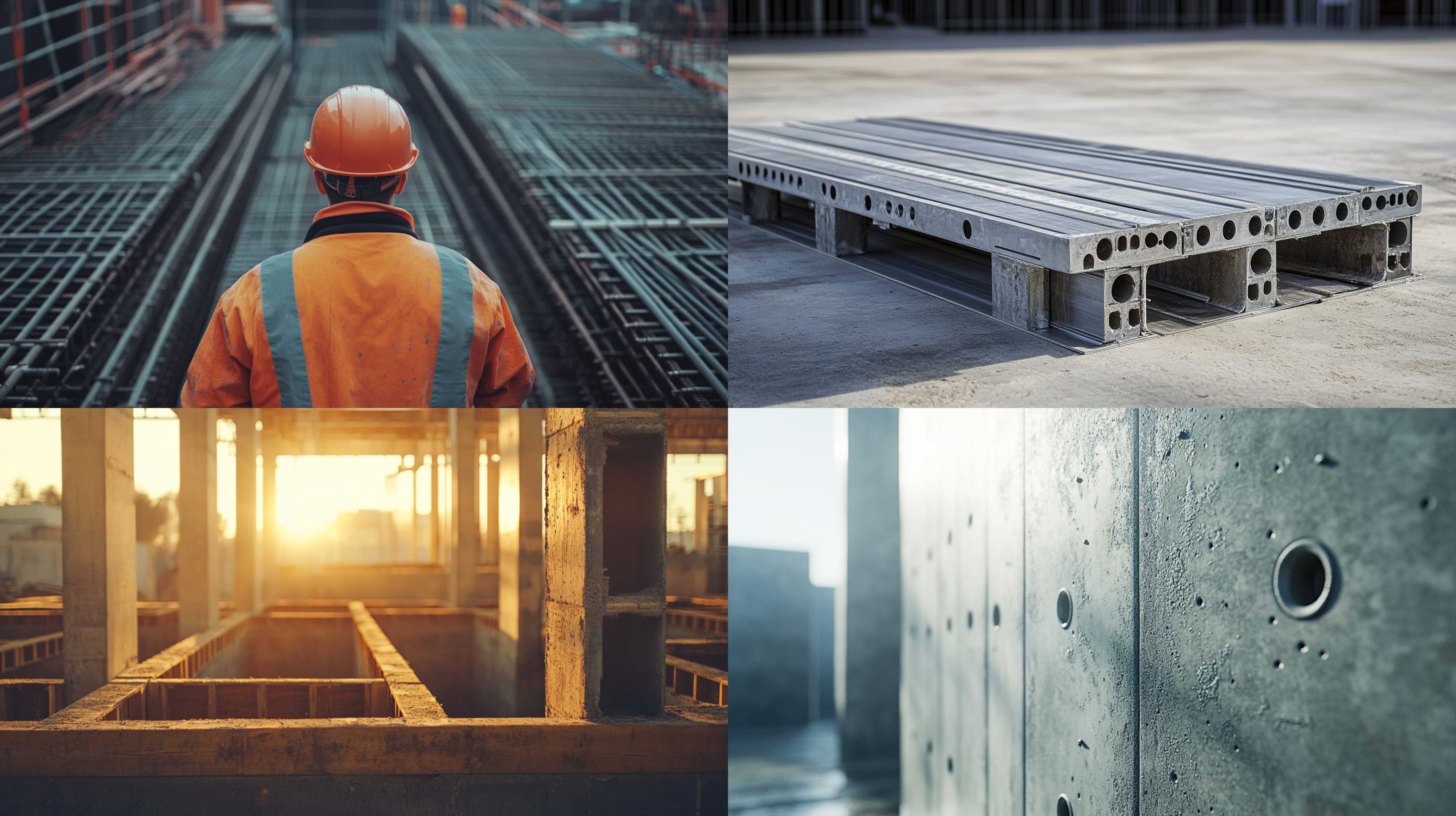
How Mivan Construction Technology Is Transforming the Art of Building!
December 17, 2024
58739+ views
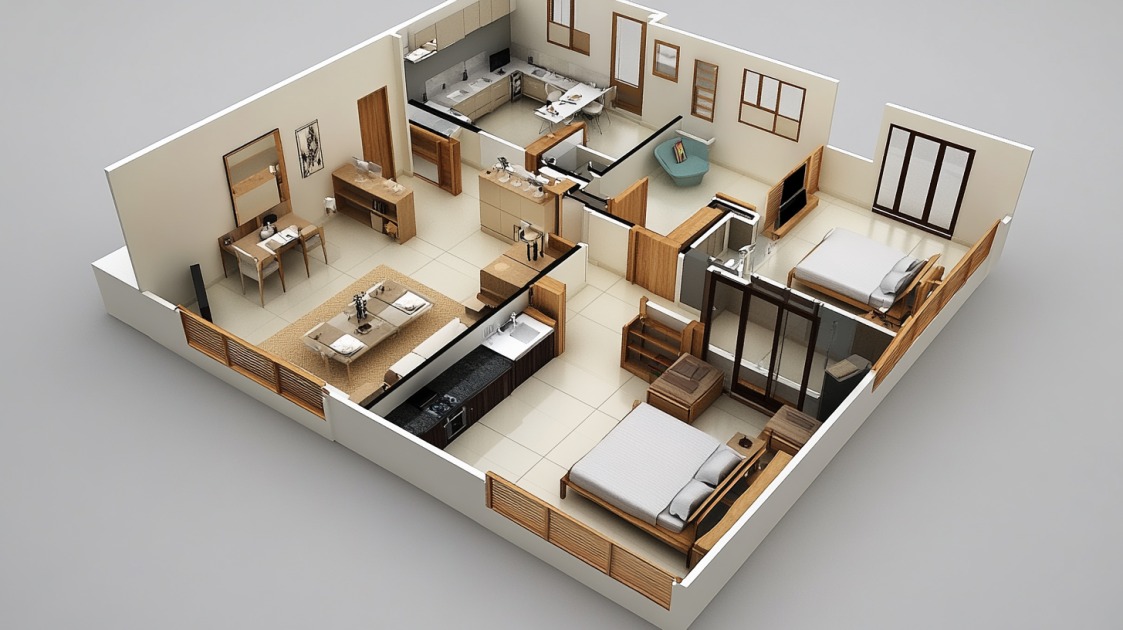
Best 3 Bedroom House Plan: Modern and Space-Efficient Layouts for 2025
December 17, 2024
34441+ views
Recent blogs in
15 Unique TV Wall Designs for Stylish and Contemporary Homes in 2025
January 24, 2025 by Priyanka Saha
30 Latest TV Panel Design Ideas for Your Modern Homes in 2025
January 24, 2025 by Suju
Modern Study Table with Bookshelf Design Ideas for Home and Office in 2025
January 23, 2025 by Krishnanunni H M
31 Stylish Glass Railing Design Ideas for Indoor and Outdoor Spaces in 2025
January 23, 2025 by Ananth



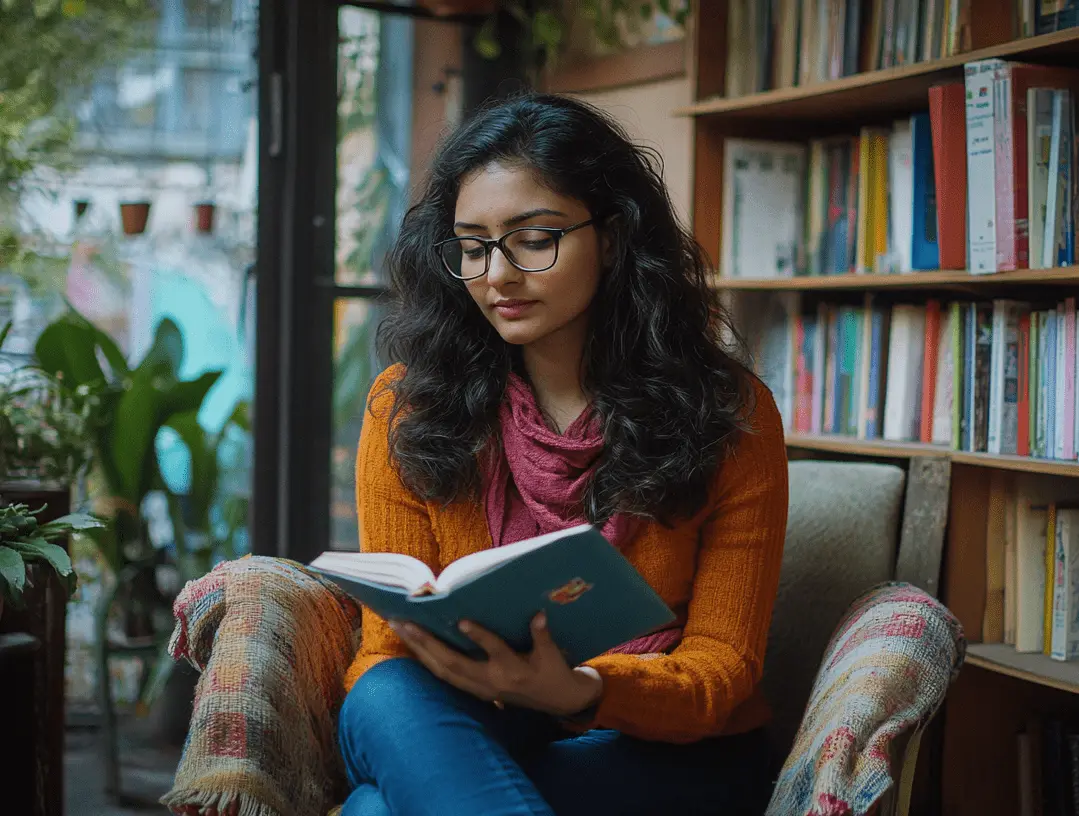
Join the conversation!